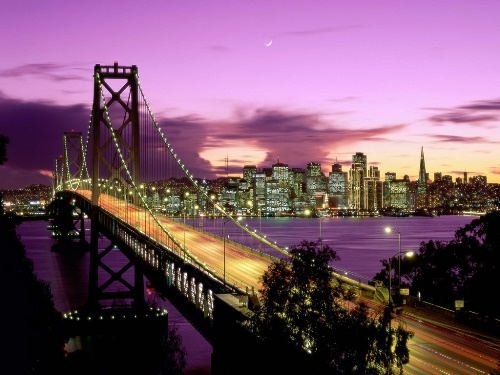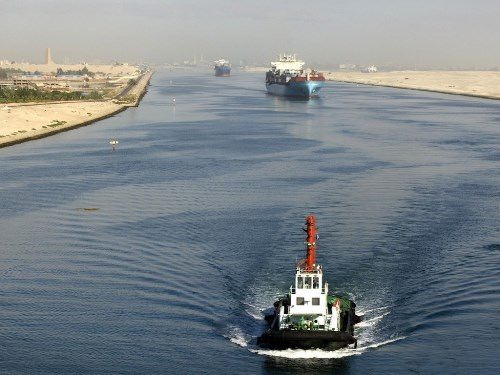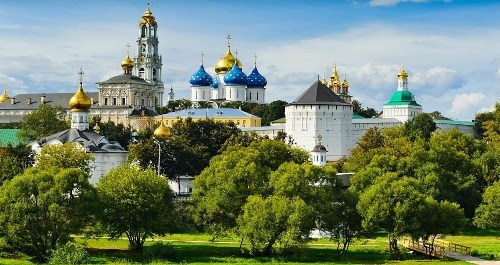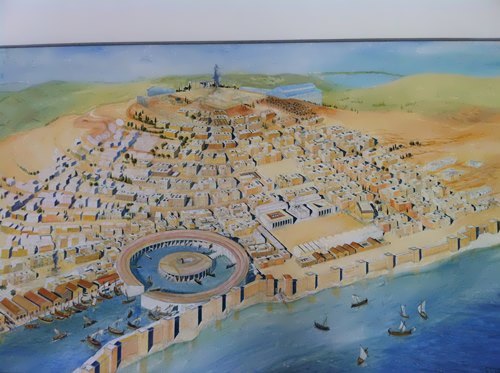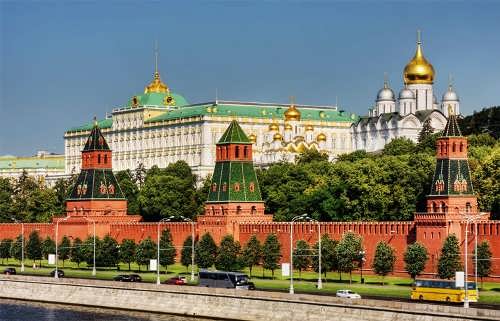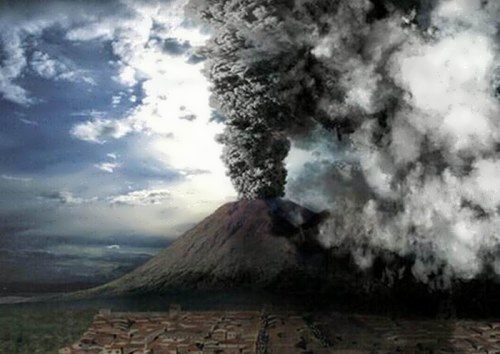Great Golden Gate Bridge
People dreamed of the construction of the bridge across the Golden Gate Strait, which would connect San Francisco and Marin County, back in the XIX century. But only at the beginning of the XX century there were real technical possibilities for its construction. Engineer Joseph Strauss, developer of about 400 bridge structures, proposed to extend the suspension bridge with two supports over 2.5 km in length. People didn’t believe that it was possible to build such a bridge, but they became interested in the project.
Motorization in many ways accelerated the process of creating a bridge across the Golden Gate Strait. San Francisco grew rapidly, and the number of cars on the streets of the city increased.
More »
